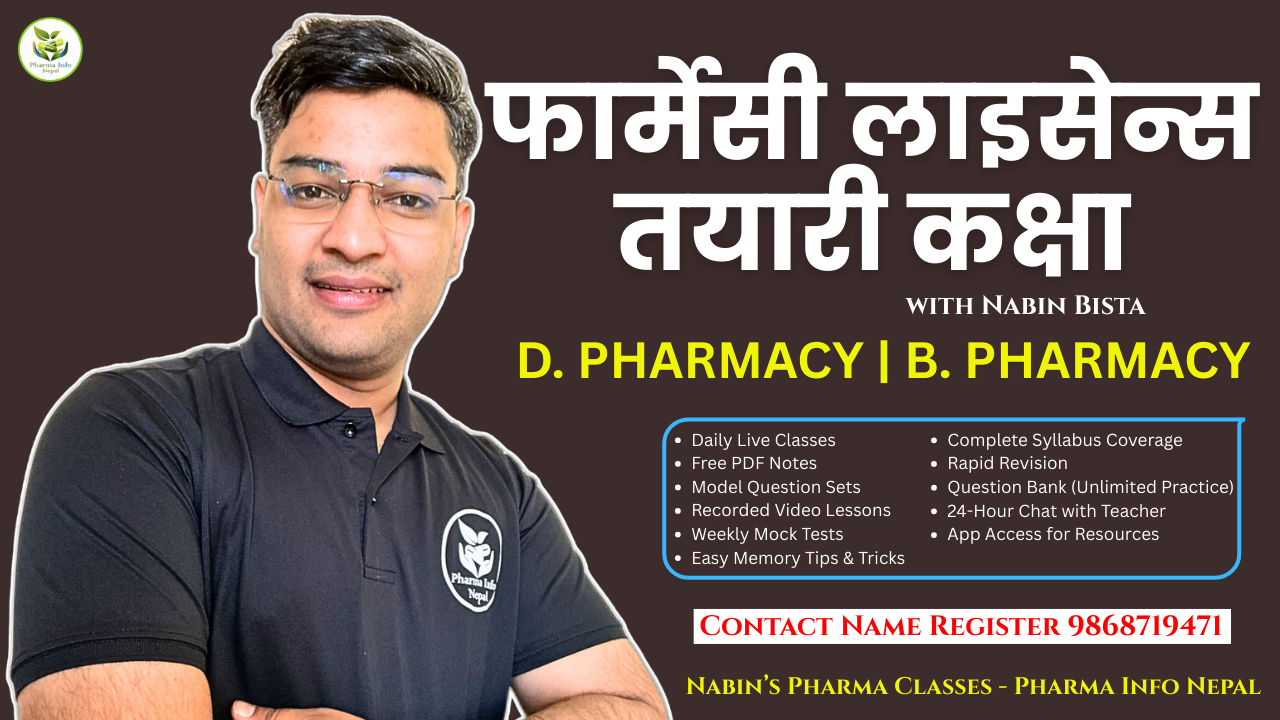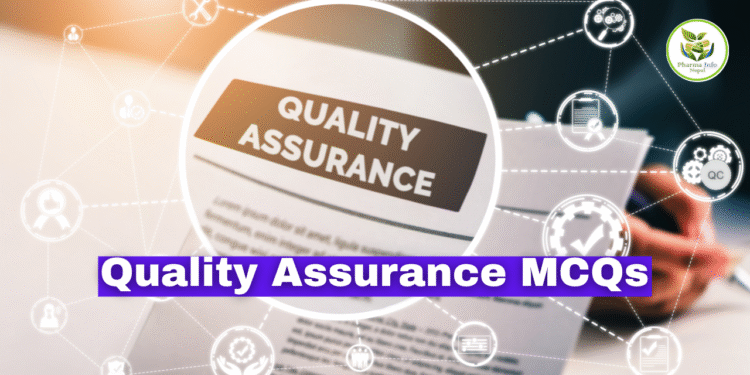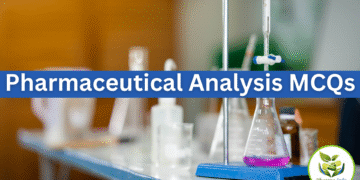Quality Assurance MCQs for Pharmacy License Loksewa and Entrance Exam
Quality Assurance is a key scoring subject for Pharmacy License, Loksewa, and Entrance Exams.
Here, we bring you high-yield, exam-focused QA MCQs to boost your preparation. Practice these questions to strengthen concepts and improve your exam performance.

1. Which of the following best defines Quality Assurance (QA) in pharmaceuticals?
A) Testing of finished products
B) Systematic activities ensuring product quality
C) Packaging and labeling of drugs
D) Marketing of pharmaceutical products
Answer: B
Explanation: QA is a broad system ensuring consistent product quality through planned activities.
2. What is the primary objective of Good Manufacturing Practice (GMP)?
A) Increase sales
B) Ensure product safety and efficacy
C) Reduce production costs
D) Improve marketing strategies
Answer: B
Explanation: GMP ensures drugs are consistently produced and controlled to meet quality standards.
3. Which regulatory body enforces GMP in the Nepal ?
A) WHO
B) FDA
C) DDA
D) ICH
Answer: C
Explanation: DDA is regulatory body enforces GMP in Nepal.
4. Validation in pharmaceutical QA refers to:
A) Checking expiry dates
B) Documented evidence that processes produce consistent results
C) Marketing approval
D) Packaging inspection
Answer: B
Explanation: Validation ensures processes consistently yield products meeting specifications.
5. Which of the following is NOT part of QA documentation?
A) SOPs
B) Batch records
C) Marketing brochures
D) Validation protocols
Answer: C
Explanation: Marketing brochures are not QA documents.
6. In-process quality control (IPQC) is performed:
A) After product release
B) During manufacturing
C) During marketing
D) At the warehouse
Answer: B
Explanation: IPQC ensures quality during production stages.
7. Which guideline is globally recognized for pharmaceutical quality systems?
A) ISO 9001
B) ICH Q10
C) WHO GMP
D) USP standards
Answer: B
Explanation: ICH Q10 provides a model for pharmaceutical quality systems.
8. Deviation in QA refers to:
A) A planned change in SOP
B) An unplanned departure from approved procedures
C) A marketing error
D) A packaging defect
Answer: B
Explanation: Deviations are unplanned departures from SOPs or processes.
9. Which of the following is a critical quality attribute (CQA)?
A) Tablet color
B) Dissolution rate
C) Marketing strategy
D) Packaging design
Answer: B
Explanation: Dissolution rate directly affects drug bioavailability, making it a CQA.
10. The term ‘OOS’ in QA stands for:
A) Out of Specification
B) Out of Stock
C) Out of Service
D) Out of Sequence
Answer: A
Explanation: OOS refers to test results outside predefined specifications.
11. Which document defines step-by-step instructions for routine operations?
A) SOP
B) Validation protocol
C) Batch record
D) Audit report
Answer: A
Explanation: Standard Operating Procedures (SOPs) guide routine tasks.
12. Quality Risk Management in pharma is guided by:
A) ICH Q9
B) ICH Q10
C) ISO 14000
D) USP 797
Answer: A
Explanation: ICH Q9 provides principles for risk management in pharmaceuticals.
13. Which of the following is NOT a GMP principle?
A) Prevent contamination
B) Ensure traceability
C) Increase marketing reach
D) Maintain documentation
Answer: C
Explanation: GMP focuses on product quality, not marketing.
14. CAPA in QA stands for:
A) Corrective and Preventive Action
B) Current Approved Product Analysis
C) Controlled Analytical Process Audit
D) Certified Assurance Process Activity
Answer: A
Explanation: CAPA addresses root causes of issues and prevents recurrence.
15. Which type of audit is conducted by regulatory authorities?
A) Internal audit
B) External audit
C) Supplier audit
D) Self-inspection
Answer: B
Explanation: External audits are performed by regulatory agencies.
16. Which of the following ensures traceability of raw materials to finished products?
A) Batch manufacturing records
B) SOPs
C) Validation reports
D) Audit checklist
Answer: A
Explanation: Batch records document the entire production history.
17. Which is a key element of Quality Control (QC)?
A) Analytical testing
B) Marketing approval
C) Packaging design
D) Distribution strategy
Answer: A
Explanation: QC involves analytical testing of raw materials and finished products.
18. Which of the following is an example of a preventive action?
A) Correcting a failed batch
B) Training staff to avoid errors
C) Recalling defective products
D) Reprocessing rejected tablets
Answer: B
Explanation: Preventive actions aim to avoid future issues.
19. Which guideline covers stability testing of pharmaceuticals?
A) ICH Q1A
B) ICH Q9
C) ICH Q10
D) ISO 9001
Answer: A
Explanation: ICH Q1A provides guidance on stability testing.
20. Which of the following is a key responsibility of QA department?
A) Product promotion
B) Ensuring compliance with GMP
C) Increasing sales
D) Designing packaging graphics
Answer: B
Explanation: QA ensures compliance with GMP and regulatory standards.
Related MCQs:
- Top 100 MCQs of Biopharmaceutics and Pharmacokinetics
- Medicinal Chemistry MCQs for Pharmacist License & Loksewa Exam
- Pharmaceutical Analysis MCQs for Pharmacy License and Loksewa Exams
- Pharmaceutics Important MCQs for Pharmacy License and Loksewa
- Pharmacology 35 MCQs for Various Exams

















